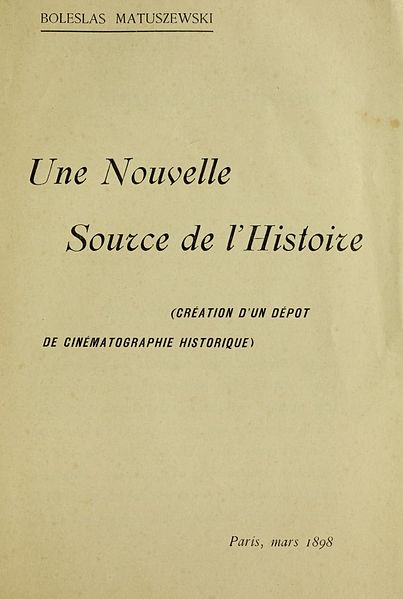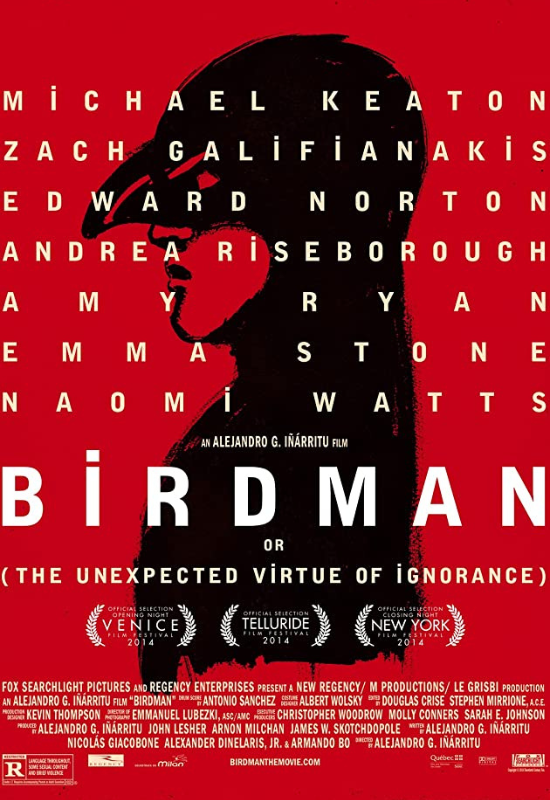The process of creating video content for video is known as video production. It is similar to shooting movies, except instead of using film stock, the video is captured either digitally on video tape, analogically on videotape, or as computer data saved on hard drives, memory cards, optical discs, or magnetic tape. Pre-production, production (sometimes referred to as principal photography), and post-production are the three phases of video production. All of the planning that goes into making a video before it starts is called pre-production. This include composing scripts, planning, organizing, and performing other administrative tasks. The production stage of a video comprises recording the subject or subjects of the video and capturing the electrical moving images that make up the video content.
Read Article


